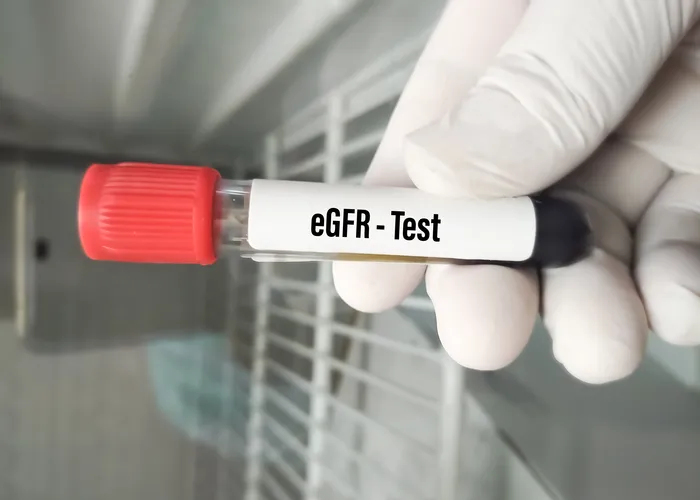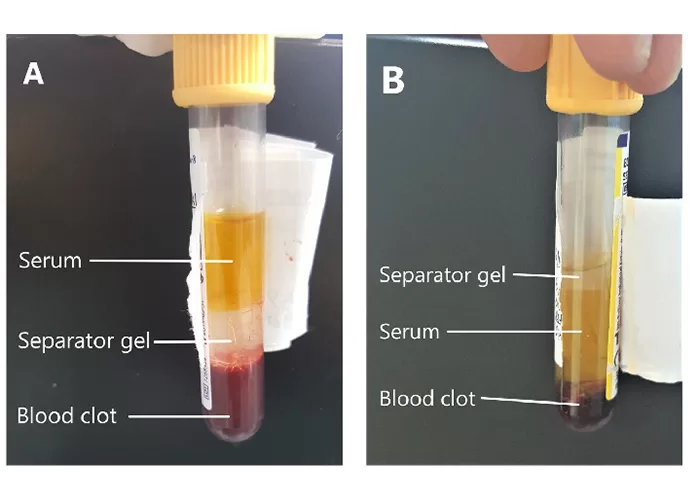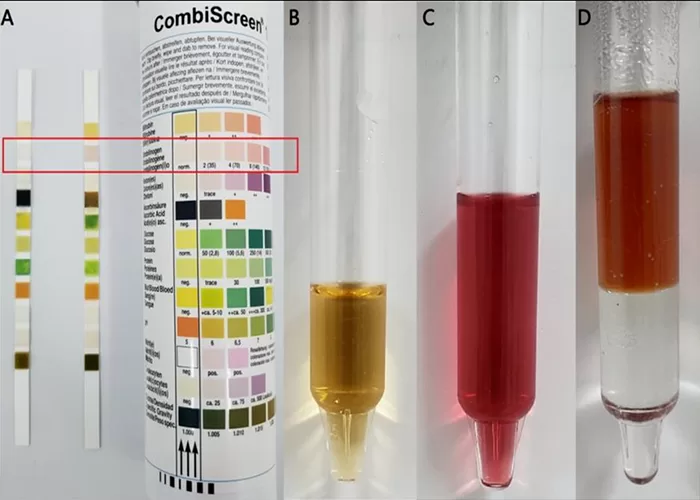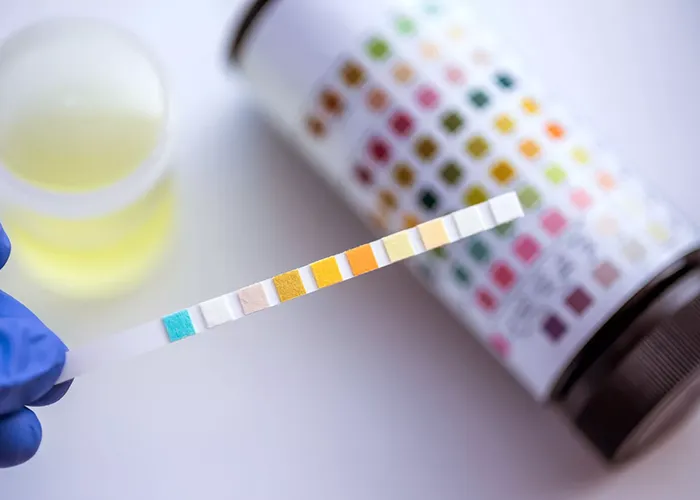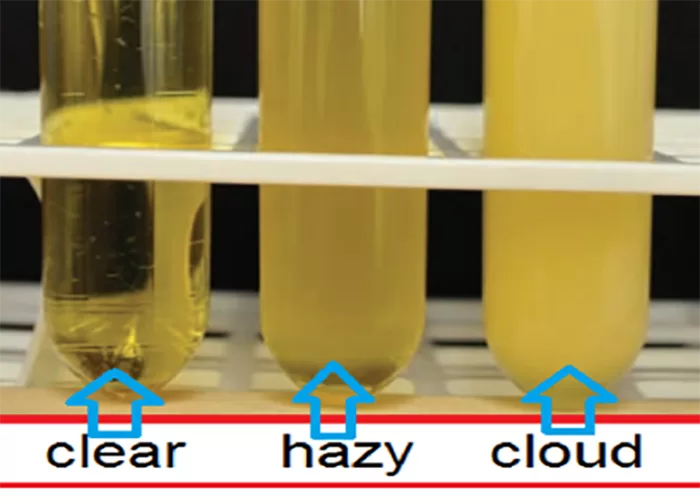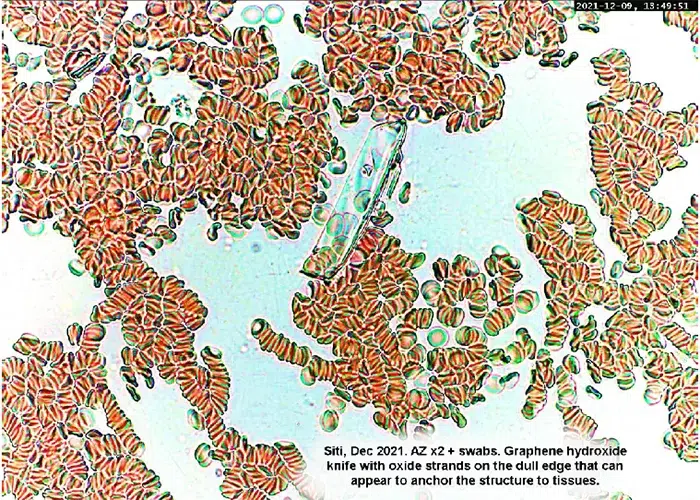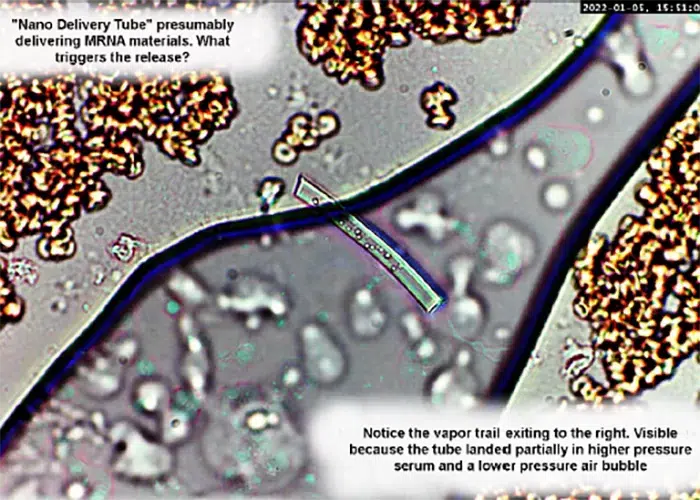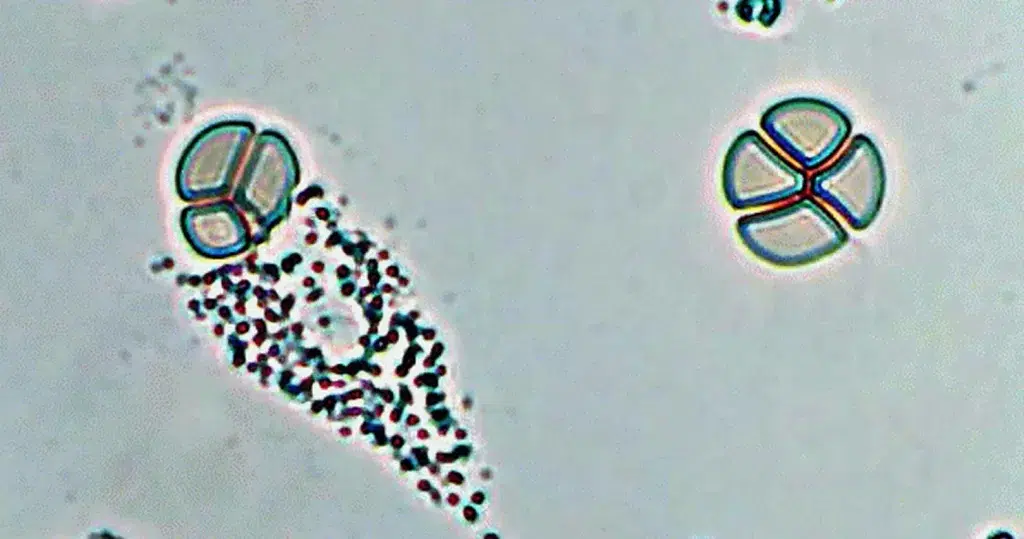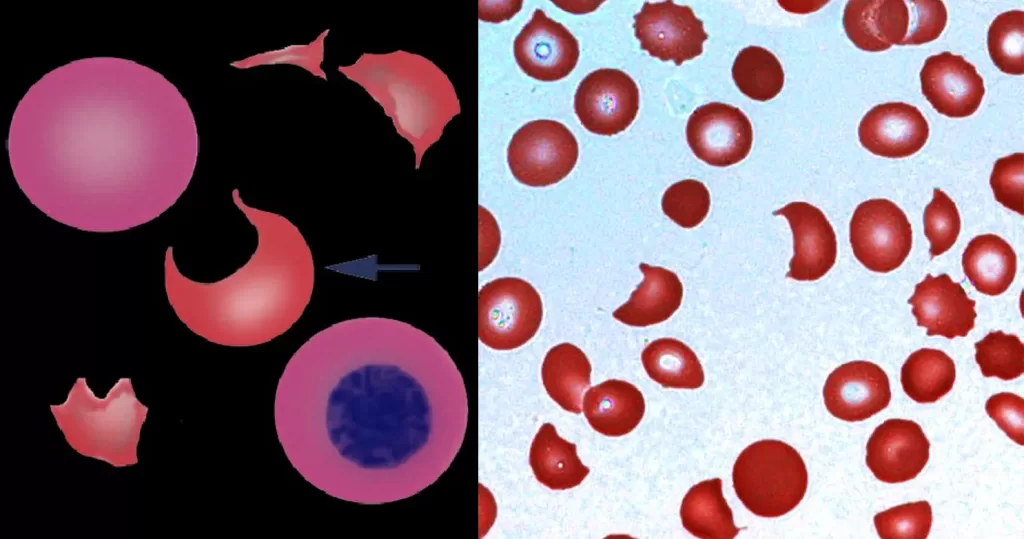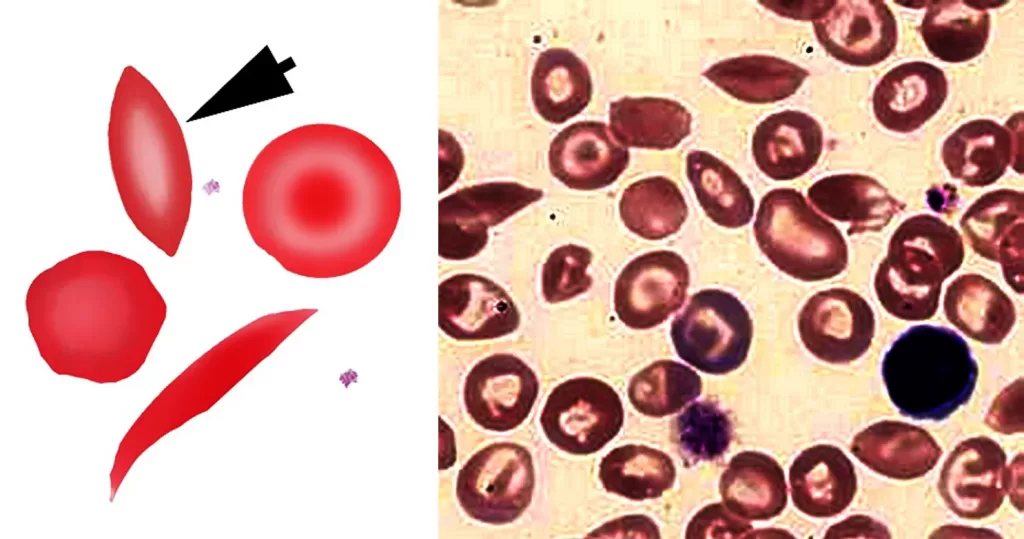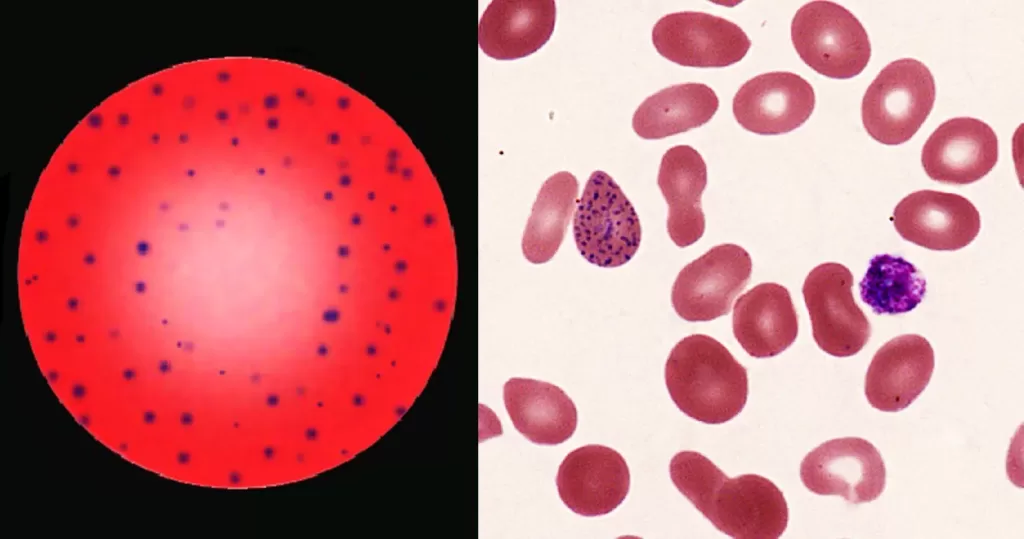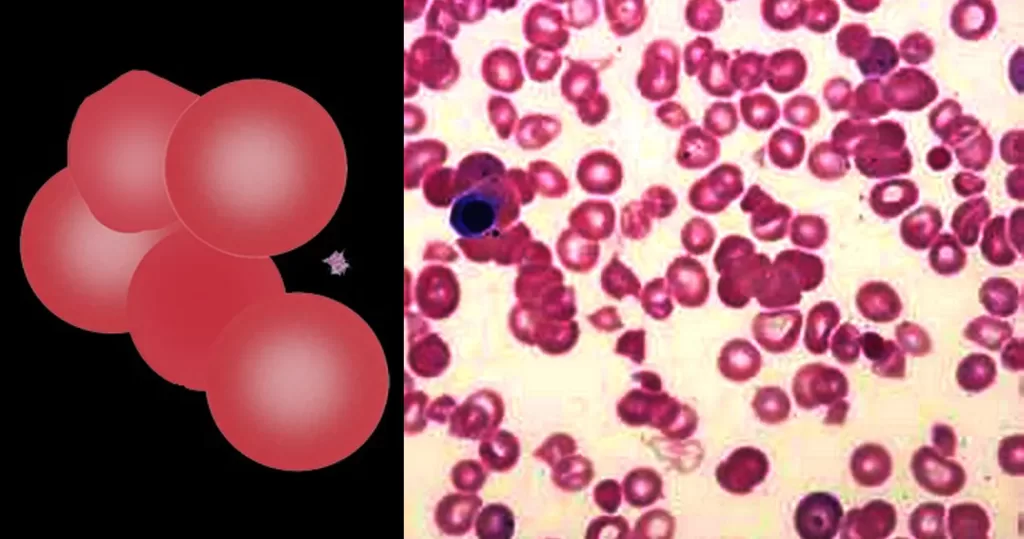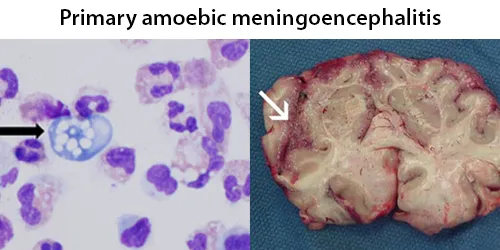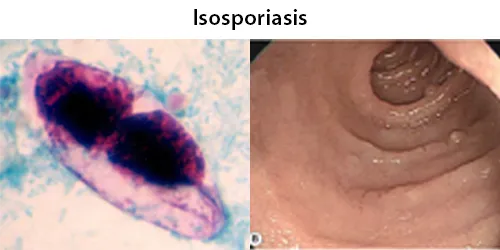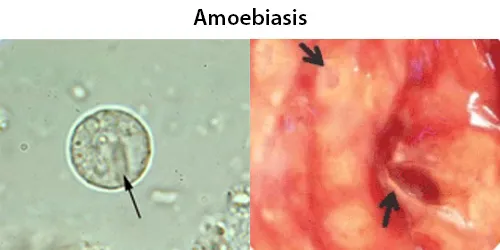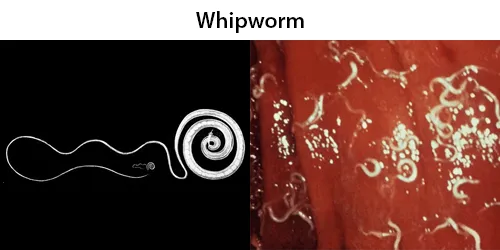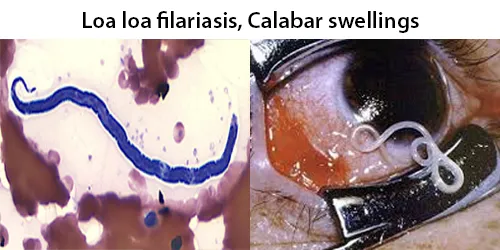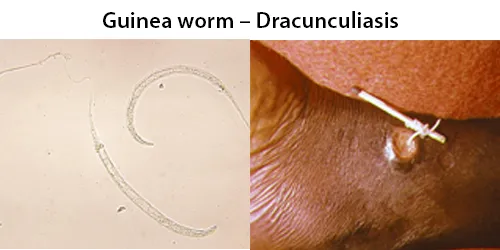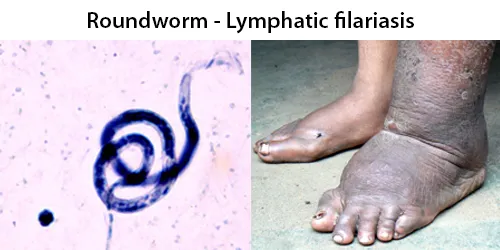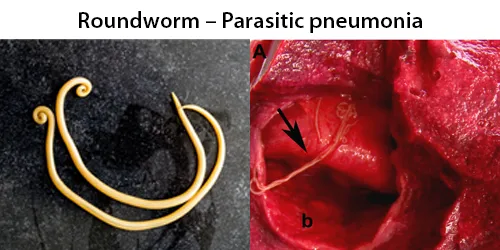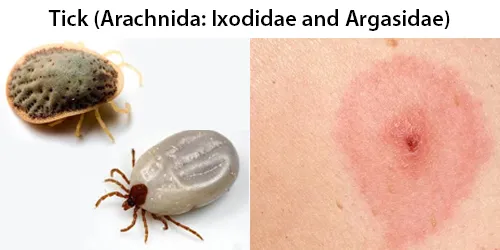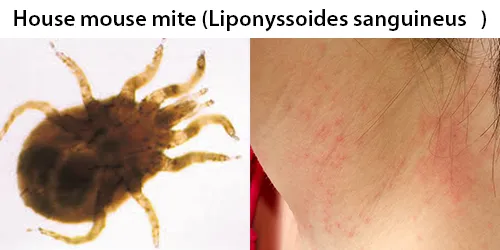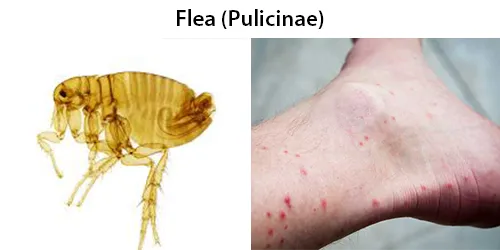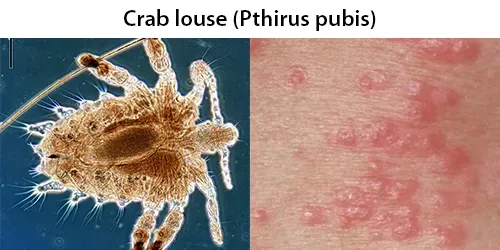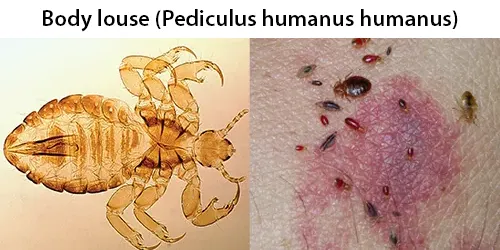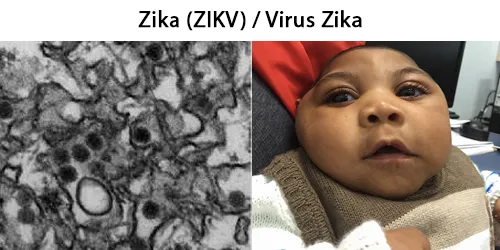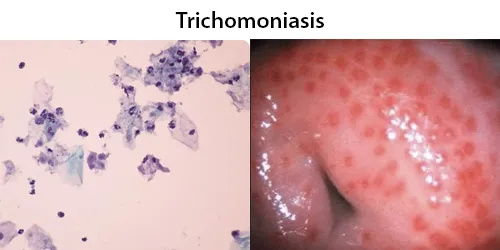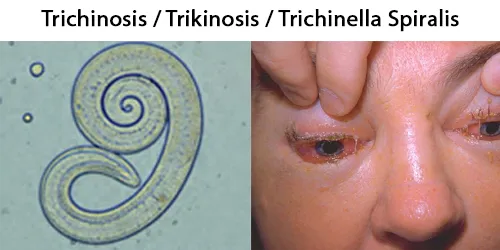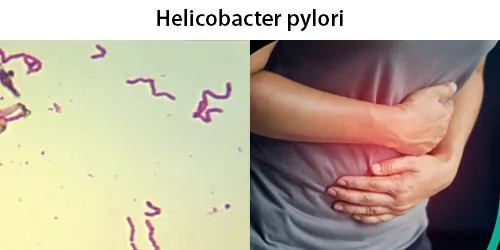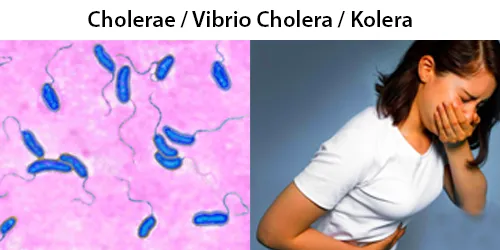Healing Crisis: When it’s Good to Feel Bad
A healing crisis, or healing reaction, is a temporary worsening of symptoms that occurs when the body is going through the process of healing itself through the elimination of toxins.
by Cindy Murdoch Staff Writer
Since most people base their health on how good they feel, they may think the natural health program they are using is hurting them when a healing crisis takes place. But nothing could be further from the truth. It occurs when the body retraces old injuries, wounds, infections or other imbalances from its past.
This crisis has many different names. Some of these include: healing reactions, flare-ups, retracing reactions, detox reactions, Herxheimer reactions, Jarisch- Herxheimer reactions, die-off reactions, the reversal process, Lucio’s Phenomena, purification reactions or a crisis.
A Healing Crisis is a Welcome Part of a Natural Healing Regimen
A healing crisis is an important aspect of an effective natural, deep healing process. Even though the crisis is uncomfortable and sometimes alarming in nature, it is a good sign that the body is working to heal itself. If a particular therapy does not produce a healing crisis, an alternate therapy may be required to accomplish the detoxification necessary to overcome illness and disease.
Symptoms of a Healing Crisis Herxheimer Reaction
The symptoms that accompany a healing crisis may include: headache, flushing, skin eruptions and/or boils, fever, nausea, joint pains, feelings of being spaced out, unusual fatigue, insomnia, sleepiness, congestion, strong emotions, depression, irritability, muscle cramps, aches and pains, constipation, diarrhea, hot/cold flashes, night sweats and many other symptoms which are often cold and/or flu-like.
A healing crisis will often bring up past issues, retracing, that have been dormant in your body for a long time past illnesses and disease may re-manifest as the body eliminates the toxins that have been stored from those disease processes. Symptoms can be quite intense when the healing crisis is dealing with serious past illnesses and disease such as an old case of hepatitis, shingles, viral infections or pneumonia.
The symptoms and pain of the healing crisis are often more intense than the disease or illness that is being treated. Remember, it is only temporary. And it is the path to renewed health.
A healing crisis usually lasts two to three days, but can extend for much longer periods of time, even weeks. More than one healing crisis may be necessary for a complete cure to take place. When dealing with a more serious illness or disease, such as cancer, you may have to go through many healing crises before full health can be restored.
What Causes a Healing Crisis?
The stage is set for a healing crisis when the body is overloaded with toxins that have been trapped within its tissues for a long period of time sometimes for many decades. As a general rule, the more toxic the body is, the more intense the healing crisis will be. As healing begins, many systems in the body work together to eliminate waste products and toxins and can become overwhelmed by the process. Remember, these symptoms are temporary, and once they pass, the body is healthier and stronger.
A healing crisis is generally initiated by some type of cleanse or detox process, such as a dietary change (cultured foods high in probiotics, coconut products), supplements (B12, probiotics, herbs), a detoxifying treatment or therapy (chiropractic care, ozone treatments/therapy, rife treatments/therapy, acupuncture, homeopathy, psychotherapy) or a period of fasting. It occurs when the cells within the body release toxins and impurities faster than the body’s elimination systems (skin, liver, bladder, kidneys and lungs) are able to process them.
A healing crisis can also be produced by a treatment or therapy that causes yeast, viruses, bacteria, cancer, etc. to have massive die-offs. The dead cells can overwhelm the elimination processes as they are expelled from the body.
If the symptoms become extreme, a wise course of action could entail slowing down the detoxification process allowing the body time to catch up.
There are also ways to assist the body during a healing reaction. These can include: drinking plenty of fluids especially water to help carry off the toxins and getting plenty of rest mentally, physically and emotionally.
In summary:
Healing crises are good even though they make you feel bad. They are an sign that the healing process chosen is working by eliminating the body of
toxins, impurities and imbalances in the body.
The healing crisis lets you know that you are on the right path to renewed health and vigor. No pain, no gain is truly applicable when
talking about a healing crisis.
When your start to do a detox, juice fast or cleanse, you might expect to start feeling better right away. However, sometimes the exact opposite happens. As old, excess toxins flush out and unwanted bacteria, microbes and viruses die off, you can actually experience a temporary detox or cleansing reaction. You may suffer from mild headaches, nausea, chills, sweating, fatigue, aching muscles, mucous, body odor, rashes, dizziness, weakness or even foggy brain for a few hours or in some cases, a few days. Based on the work of Dr. Karl Herxheimer in the late 1800s, this temporary feeling of illness is known as the Herxheimer effect and is actually an intense sign of healing. These reactions can indicate that your body has started to cleanse itself as it quickly tries to catch up on the overload of toxins being released.
What is a Herxheimer Reaction, cleansing reaction and healing crisis?
In his book The Healing Crisis, Dr. Bruce Fife explains that the removal of disease-causing agents is the catalyst for both cleansing reactions and healing crises. He notes that, most any harmless method that strengthens the body’s natural healing processes can induce a healing crisis. This could involve switching to better quality foods, taking homeopathic medicines, cleansing the colon, fasting, juicing, using healing herbs, massage therapy, acupuncture, reflexology, vitamin therapy, exercise, etc.
Dr. Fife states that when you enter a cleansing process, often chronic conditions from which you are suffering will temporarily get worse. If you suffer from arthritis, joint pain may increase. If you are troubled with chronic migraines, you may have terrible headaches. A psoriasis problem may run wild. Hemorrhoids may flair up. PMS may intensify. Allergies may get worse. Asthmatics may experience breathing difficulties. Blood pressure may increase. Any number of other symptoms may surface during this time that may appear unrelated to existing health conditions. Sometimes these conditions improve after the crisis. Sometimes it takes several crises to cleanse the offending toxins from the body and stimulate healing. At times, health problems can improve immediately after a crisis, and at other times, they improve gradually.
Cleansing Reaction
A cleansing reaction occurs any time your body is releasing toxins faster than it can eliminate them. For example, you may stir up an old piece of undigested food that was stuck in the colon, temporarily releasing bacteria and toxins into the bloodstream as the liver works to filter out the excess build-up. A cleansing reaction is usually a sign that the liver is a bit sluggish and not fully doing its job. This is also a sign that your body most likely needs regular cleansing every year and a long term change of diet to strengthen its immune system.
If you experience a cleansing reaction, you can try to help speed up the elimination of toxins by:
1. Having a colonic to help flush the colon
2. Doing an enema at home using distilled water (or an organic coffee enema)
3. Taking extra minerals either liquid minerals, green juice, wheatgrass or green smoothie (depending what type of detox you’re doing)
4. Drinking more water to help flush the kidneys
5. Practicing dry skin brushing, take an herbal steam or far infrared sauna to help the lymphatic system
Usually a cleansing reaction will last a few hours at the most. I do not advise anyone to tough it out or suffer through the cleansing process. Consulting with a detox expert (like myself!) can help you make the best and safest detox plan so you don’t put added stress on your elimination organs your liver, skin, kidneys, colon and lungs.
Healing Crisis
Having an actual healing crisis is more rare than a cleansing reaction. A true healing crisis occurs when the body has been getting stronger and cleaner and is a true sign of progress. A healing crisis may mimic any disease or condition you have had in the past, but it’s abbreviated, typically lasting from a few hours to a few days.
In the book The Healing Crisis, Dr. Fife offers simple suggestions on how to listen to your body during a healing crisis. The symptoms you develop during a crisis will guide you as to what to do. If you are tired rest. If you are thirsty drink. If you have a fever, your body is trying to build up heat; keep yourself warm and let the heat run its course. For aching muscles, a warm bath might help. Pain in the lower back is often caused by the kidneys crying for water, rather than the result of being sore back muscles. Drink more water. If you have diarrhea or are vomiting, the body is trying to empty itself, so don’t try to eat. You will lose fluids, so you should try to drink water to keep from being dehydrated. Drinking a lot of water during a crisis is usually a good practice because water (especially distilled water) will help to dilute the toxins in the bloodstream and aid their removal.
When you are going through a healing crisis, it definitely helps to have the guidance and support of a detox expert. The key is to remain calm, focus your mind on healing, and support your body back to health, slowly.
Hering’s Law of Cure
When you’re experiencing a healing crisis, remember the homeopathic law of cure, also known as Hering’s Law of Cure:
Healing occurs from:
1. The inside-out (meaning the from the internal organs first, then to the joints and skin),
2. From the head down (the body clear symptoms in the head first, then to the trunk, hips and toes), and
3. In the reverse order as the symptoms have appeared (your most recent ailments are cleared first).
This is the process the body goes through when returning to a healthy state, naturally of course.
___________
(Adapted from:) “Herxheimer Reaction”
Herxheimer reactions are an unavoidable and necessary result of Inflammation Therapy.
Patients who respond to Inflammation Therapy report periodic exacerbation of their symptoms as an apparent direct response to meidcations. This phenomenon is known as the Jarisch-Herxheimer Reaction and is often referred to informally as herx or herxing.
Herxing is believed to occur when injured or dead bacteria release their endotoxins into the blood and tissues faster than the body can comfortably handle it. This provokes a sudden and exaggerated inflammatory response.
History of the Herxheimer reaction
The treatment of many bacterial infections provokes a Herxheimer reaction. Herxing was originally observed in patients with acute infections such as syphilis who received mercury treatment (a weak antibiotic). The immune system response to acute infection is sometimes referred to as the immune cascade. For example, in the infamous anthrax attacks people died because by the time they got to hospital the anthrax organisms had multiplied to the point where killing them also killed the patient.
It has been reported that patients with chronic conditions or infections such as rheumatoid arthritis, Lyme, tuberculosis and louse-borne relapsing fever have also experienced herxing when treated with the antibiotics.
Jarisch-Herxheimer reaction is seen in many diseases:
Pathogenesis of the Jarisch-herxheimer Reaction: A Review of Clinical and Experimental Observations
Tuberculosis – Jarisch-Herxheimer reaction; paradoxical worsening of tuberculosis chorioretinitis following initiation of antituberulous therapy.
Borreliosis – Variable major lipoprotein is a principal TNF-inducing factor of louse-borne relapsing fever.
Tick-borne relapsing fever – Relapsing fever in Gondar, Ethiopia.
Multiple sclerosis – Is Multiple sclerosis caused by a silent infection with malarial parasites? A historico-epidemiological approach: part II
Whipple disease – [Whipple disease associated with pulmonary arterial hypertension. Jarisch-Herxheimer reaction after antibiotic therapy]
Syphilitic slopecia – Syphilitic alopecia and Jarisch-Herxheimer reaction.
Chronically ill patients are carrying a heavy load of intracellular pathogens by the time they become symptomatic because the Th1/Th17 infection has been growing, unhindered, for most of a patient’s life. The immune system response when these intracellular bacteria are recognized and killed causes a similar immune cascade.
Immunopathology
Immunopathology is a term, similar to Herxheimer, used by the scientific community. It describes all the collateral pathological effects on the body (e.g., hormonal, endocrine, cell death and blood count changes) caused by the immune system during normal function.
Intracellular bacteria
It’s normal for the body to generate an immune response when challenged by foreign matter such as microbes and allergens. Research has led to the hypothesis that this reaction in chronically ill patients is triggered by cell wall deficient, polymorphic L-form microbes. It is believed these intracellular bacteria have learned to live inside the macrophages (phagocytes) of the immune system. Apparently, they fail to be destroyed by the phagocytes which are supposed to kill them because they have adapted mechanisms to prevent being identified by the immune system.
When the intraphagocytic bacteria are killed by the immune system, the cells they lived in also die (apoptosis). As the immune system tries to clear up this cellular debris, it releases a host of inflammatory molecules which, along with the toxins released by the bacteria as they die, cause a rise in symptoms in the area in which the bacteria are being killed.
Identifying the bacteria
It’s difficult (and unnecessary) to determine which of the many species of intracellular mycoplasma might be responsible for individual Th1/Th17 inflammatory diseases. These bacteria are difficult to see even with an electron microscope, very slow growing and tedious to culture. This is only done in a research lab and makes it impractical to cross-match species to find the appropriate therapies.
Thus, the elicitation of a Herxheimer reaction is a key component of Inflammation Therapy to determine, by therapeutic probe, which medications are effective.
Identifying the Herxheimer reaction
Herxheimer symptoms are varied, may be unexpected, subjective or objective. Patients report that a Herxheimer reaction makes them feel as though their disease symptoms have suddenly gotten worse. They may describe reactivation of previous symptoms, exacerbation of current symptoms, or new symptoms. The onset of herxing is from 1-2 hrs to 10 days after the medications are administered. Patients who have received other therapies prior to starting Inflammation Therapy may have delayed or reduced Herxheimer reactions.
The intensity of the reaction is thought to be dependent on many factors; location of the inflammation, appropriateness of the medications/s, the dosage, the presence of immunosuppressants, the level of 25 hydroxyvitamin-D and the prophylactic dosing schedule of appropriate therapies used to interrupt the inflammatory cascade.
Herxheimer symptoms usually wax and wane with therapy but dramatic waxing and waning of symptoms doesn’t always happen. An increase in symptoms may be constant for varying intervals. Patients with effective detoxification and elimination systems may not experience significant aggravation of symptoms.
Most, if not all, symptoms experienced while on Inflammation Therapy are due to Th1/Th17 inflammation, although patients are still susceptible to acute infections (e.g., bacterial, viral, etc.). Patients may correctly attribute any or all symptoms as being due to immunopathology and not a progression of the disease.
Since chronically ill patients are believed to have acquired many different species of intracellular bacteria over a long period of time, the effectiveness of a different medications or therapies with a positive Herxheimer reaction demonstrates the presence of another species, or of bacteria previously hidden within tissues.
Patients will continue to experience Herxheimer reactions as long as effective therapy continues. Trial and error with carefully selected medications combinations provokes a resumption of herxing when symptoms have subsided.
Symptoms of Herxheimer reactions
It unavoidably increases disease symptoms; some of them are subclinical.
The most common symptoms reported include increased fatigue, joint or muscle pain, skin rashes, photosensitivity, irritability, paresthesia, dizziness, sleep disturbances, asthenia, muscle cramps, night sweats, hypertension, hypotension, headaches (especially migraines) and swollen glands. Also reported are heavy perspiration, metallic taste in mouth, chills, nausea, bloating, constipation or diarrhea, low grade fever, heart palpitations, tachycardia, facial palsy, tinnitus, mental confusion, uncoordinated movement, pruritus, bone pain, flu-like syndrome, conjunctivitis and throat swelling.
Physicians may note objective symptoms of a Herxheimer reaction such as elevated creatinine, blood urea nitrogen, liver enzymes, sedimentation rate, gamma globulin or a decrease in white blood cells, hemoglobin, or platelets.
Any symptom, including abnormal lab results, that correlates with Inflammation Therapy may be due to herxing.
Lab tests
Lab tests results may be used to help determine the pace of therapy, especially if the degree of Herxheimer reaction is difficult for the patient to interpret. Chronically ill patients, who have been down so long it begins to look like up, may disassociate from their feelings and find it difficult to assess the sometimes subtle symptom shifts associated with Herxheimer reactions.
New symptoms
Inflammation Therapy doesn’t create new inflammation because it can’t make bacteria appear where there weren’t any bacteria before. When patients experience new symptoms they haven’t had before, it’s probably because the therapy is exposing more bacteria.
Without therapy, these hidden bacteria would not remain hidden for ever. Eventually they would multiply to the point where they reveal themselves in new symptoms. If patients stop therapy prematurely, not only will the ‘new’ symptoms remain and worsen, but also further new symptoms will gradually develop, just as they would have done if the patient had never started Inflammation Therapy.
Most symptoms have been reported by other patients on Inflammation Therapy. The exact molecular mechanism for them is obscure and a topic best left to the scientists. The simple explanation is that Th1/Th17 inflammation during the disease process and during Herxheimer reactions affects a wide variety of biochemical processes.
The disease process causes symptoms and patients with chronic inflammatory diseases are systemically ill. Likely, no part of the body has escaped some damage even if it isn’t readily apparent.
Wanting to know specifically why certain symptoms occur is micromanaging the process and unnecessary. It’s best not to try to fit every symptom into a category (herx, hormone readjustment, old symptom revisited, etc.) If patients are patient with the therapeutic process and have confidence it will work, they will eventually forget they ever had these symptoms.
Severe Herxheimer reactions
Unexpected serious Herxheimer reactions needing Emergency Room treatment occur rarely. Cardiac involvement may be unsuspected and diagnosed only when herxing elicits chest pain or arrhythmia. If physicians are aware that symptoms are likely due to herxing, they can avoid unnecessary testing or medications. Adjusting the medication and therapy schedule is the most effective treatment for serious herx symptoms.
Herxheimer symptoms versus disease progression
Most disease symptoms progress slowly. Herxheimer symptoms usually flare quickly. If the underlying cause of chronic illness, intracellular bacteria, is being eliminated it is unlikely the disease process is progressing.
Side effects
Herxheimer symptoms are not a ‘side effect’ of Inflammation Therapy medications. Herxheimer symptoms are caused by the disease process, not directly by the medications of therapies.
Allergy versus Herxheimer reaction
A Herxheimer reaction is sometimes mistaken for a hypersensitivity reaction or even the cause of a related, (probably preexisting) disease such as lupus. Pruritus, hives and rash induced by herxing can be misdiagnosed as an allergic (T-helper2) reaction to the medications. Inflammation Therapy patients, however, have reported safely taking medications, although eliciting herxing, despite a history of allergy.
Herx symptoms might linger for weeks, rather than the hours that would be expected from an allergic reaction. Although rarely necessary, laboratory tests can help differentiate between a Herxheimer reaction to microbial toxins and an allergic reaction to medication. BUN (blood urea nitrogen) and 1,25-D will be elevated in a Herxheimer reaction. A marked increase in eosinophils (about 30%), or the presence of specific antibodies, is an indication of an allergic reaction.
Managing expected Herxheimer reactions
Herxheimer reactions are an unavoidable part of the long journey to recovery. Although herxing is often unpredictable, it can be managed with the correct use of therapies, Inflammation Therapy does not require eliciting a more severe herxing than a patient can tolerate in order to eliminate the bacteria.
As the number of dying bacteria is reduced with subsequent medications, effective treatment requires increasing doses and changing medication combinations to continue eliciting a Herxheimer response. The occurrence of herxing is seen as evidence of continuing elimination of these very persistent bacteria. Details of Herxheimer symptom management are in our Library of Information.
The goal is tolerable Herxheimer reactions
The goal of Inflammation Therapy is to achieve and maintain tolerable Herxheimer reactions (physically, mentally, and emotionally) by adjustment of medications dosing and schedule, combined with the essential aspects of diligently avoiding sun/lights and vitamin D.
Those who have had to bear strong disease symptoms may have more difficulty defining the line between tolerable and intolerable immunopathology symptoms.
Understanding and acceptance is key
Inflammation Therapy patients have made a determined choice to recover from, not just manage, their chronic illness. They understand and welcome Herxheimer reactions even when they must endure temporary increased suffering. They accept it as the price they must pay in order to get well and even find it gratifying to experience tangible evidence of bacterial elimination. The gradual resolution of inflammatory symptoms as the treatment progresses is ample incentive to persist with this sometimes uncomfortable treatment.
Many Inflammation Therapy patients say their doctors were initially unaware of the Herxheimer phenomenon. An increased awareness of the Herxheimer reaction by those who order Inflammation Therapy will be of benefit to patients.
How to reduce disability caused by Herxheimer reactions
Patients can help lessen the disability experienced during Inflammation Therapy if they:
- Minimize exposure to other sources of toxins, including airborne chemicals and pollutants, food containing additives or other chemicals, unnecessary medications, poor water etc.
- Maximize the quality of food, water and air.
- Avoid unnecessary stress.
- Rest during the day, especially if experiencing sleep problems at night.
- Keep a perspective that symptoms, though unpleasant, are rarely life threatening and will diminish with time.
- Remember that intracellular bacteria can influence thinking (psychological symptoms) and may encourage counterproductive activities.
Therapeutic efficacy
The patient is expected to experience episodic Herxheimer reactions as long as therapy is needed. The gradual resolution of symptoms has been noted to require months or years depending on the extent of inflammation. The Herxheimer reaction is a key component in evaluating the efficacy of each Inflammation Therapy or medication schedule. The lack of a Herxheimer reaction when disease symptoms are still present signals a need for a change in therapy schedule.
Remission is determined by absence of symptoms, both objective and subjective.
Patient comments regarding Herxheimer reactions
It is my observation and experience that the Herx is one of the most difficult things for people to understand. When symptoms “act up” they get the jitters – understandably, due to the years of disease and being so symptomatic. Many feel they are getting worse… But when the symptoms do occur as they do with Herx – I have witnessed that symptoms begin to fade and then never re-appear.
Herx is an ongoing process of healing and very much a part of Inflammation Therapy. It takes time – patience – and great deal of perseverance – to ride this out. For many who have been on the therapy for a long period of time – the valley and mountain feelings have been plentiful. But the end result is so worth the journey.
Copyright 2009- Chronic Illness Recovery, Inc. All rights reserved.
https://www.undergroundhealth.com/healing-crisis-when-its-good-to-feel-bad/
https://www.chronicillnessrecovery.org/?id=161
Published: 07 December 2009






























